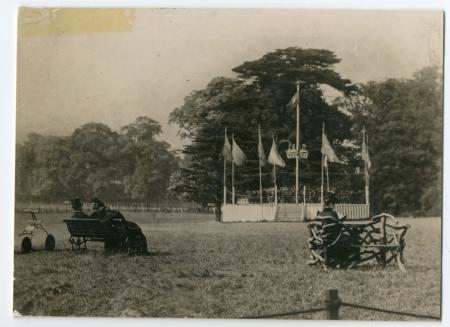A beautiful colony of crocuses hugs the North-West corner of Bruce Castle Park, not far from the Antwerp Arms and the Medieval All Hallows Church. They come into stunning bloom each spring. Specialist ecologist and Tottenham resident Brian Wurzell included a description of the colony in his ecological assessment of the local parkland.
Based on Brian's analysis, the crocuses get a special mention in the 'Flora Britannica' (1997), where they are described as 'remarkable', having not only survived but flourished over decades. They are noted in particular for the significant number of crocus varieties growing in just one area, including a cross between the pale lilac C. 'biflorus' and the yellow C. 'chrysanthus'.





